Libraries may be closed due to COVID-19, but many librarians are coming up with creative ideas to keep people entertained and promote literacy. One of those creative ideas is free virtual escape rooms. With a variety of themes, some may be fun to do on your own, others as activities with the kids.
Sydney Krawiec, Youth Services Librarian at Peters Township Public Library in McMurray, PA created this Hogwarts Virtual Escape Room. She shared this tutorial on how to create your own virtual escape room, which seemed to spark the creativity of many other librarians.
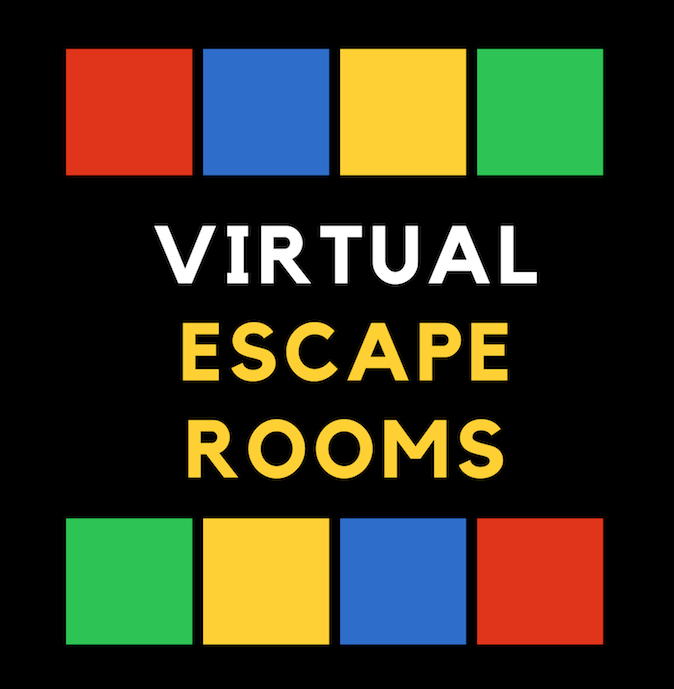
Some amazing librarians all over the country have been busy creating virtual escape rooms with a variety of themes.
- Alice in Wonderland Digital Escape Room – Created by Erin Honeycutt, Children’s Librarian at Moultrie-Colquitt County Library System in Moultrie, Georgia
- Cinderella’s Escape – Created by Stefanie Reed, Youth Services Supervisor at Henika District Library in Wayland, Michigan
- Dog Man Digital Escape Room – Created by a humble School Library Media Coordinator
- Escape from Star Killer Base! (Star Wars) – Created by Richmond Hill Public Library
- Escape the Fairy Tale: Part 1 – Created by Marissa Lieberman, Children’s Librarian at the East Orange Public Library, New Jersey
- Golden Girls Escape Room – Created by Tomeka.
- Hogwarts Virtual Escape Room – Created by Sydney Krawiec, Youth Services Librarian at Peters Township Public Library in McMurray, Pennsylvania
- Marvel’s Avengers: Escape from the Hydra Base! – Created by Richmond Hill Public Library
- North Carolina Escape Room – Created by Shannon Grimes, Outreach Storyteller and Youth Service Assistant at the Davie County Public Library in Mocksville, North Carolina
- Pete the Cat and the Birthday Party Mystery – Created by the Abington Free Library in Abington, Pennsylvania
- Pikachu’s Rescue – Created by High River Library
- Sherlock Holmes Digital Escape Room – Created by Sherlock the Musical
- Space Explorer Training- Digital Escape Room – Created by Morgan Lockard, Adult/Teen Services Librarian at Campbell County Community Library
- Spy Apprentice Adventure – Created by Lauren Rura and Felicia Brock, Adult Service Librarians at Washington-Centerville Public Library in Centerville, Ohio
- The Minotaur’s Labyrinth Escape Room – Created by Karen Liu (Salt Lake County), Teen Librarian at The County Library’s Riverton Branch
Special thanks to the Humboldt County Library in Winnemucca, Nevada for gathering info on many of these escape rooms. Follow them on Facebook for their storytimes and weekly Facebook Live Science Time on Fridays.
Image: Canva.com

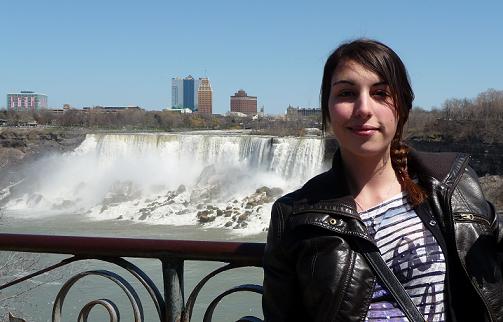
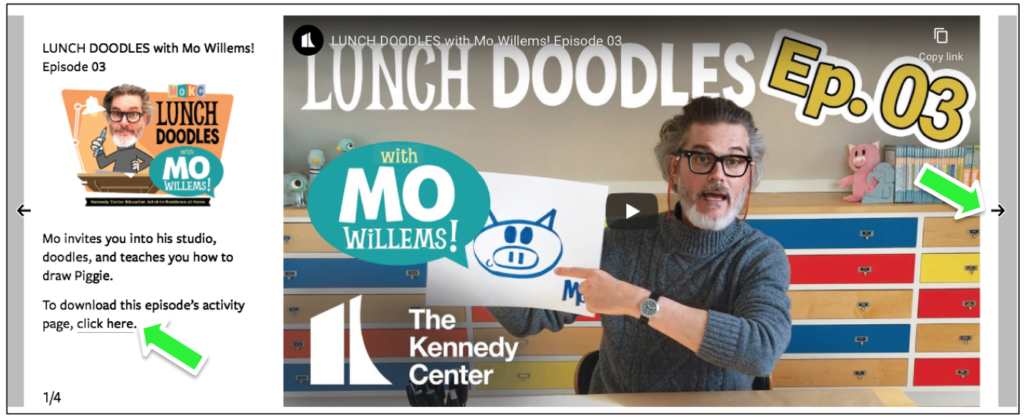
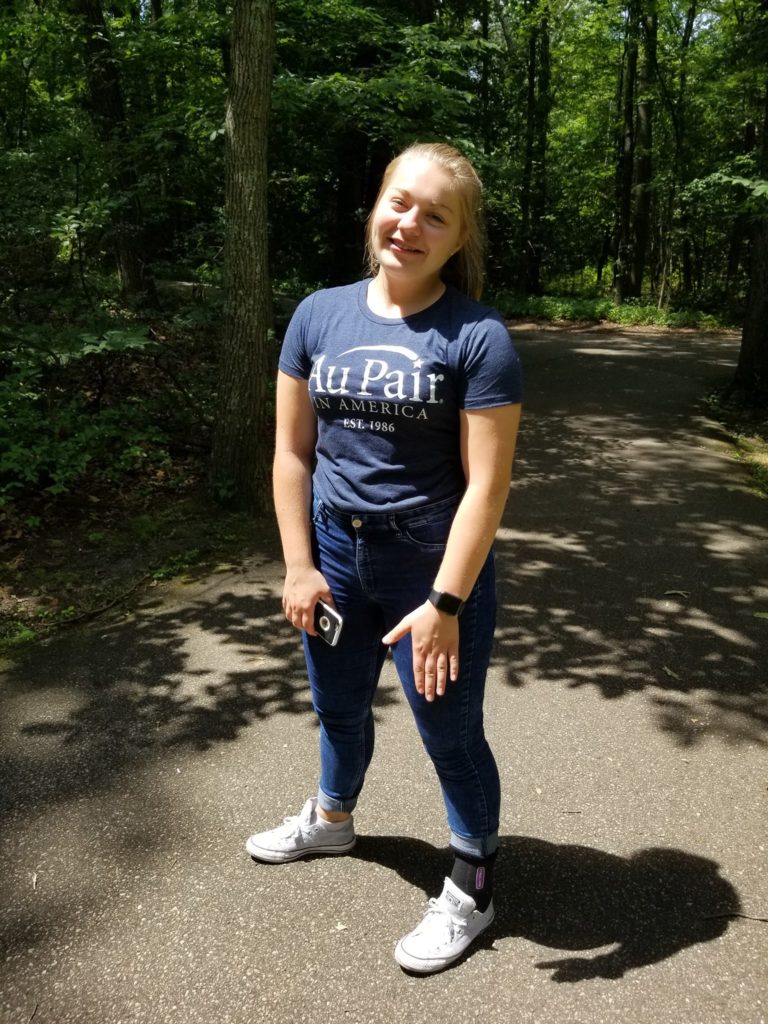
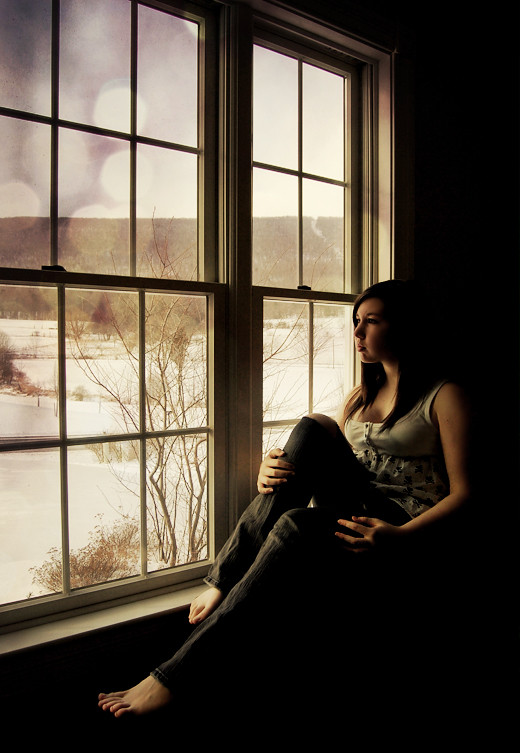 What is social distancing?
What is social distancing?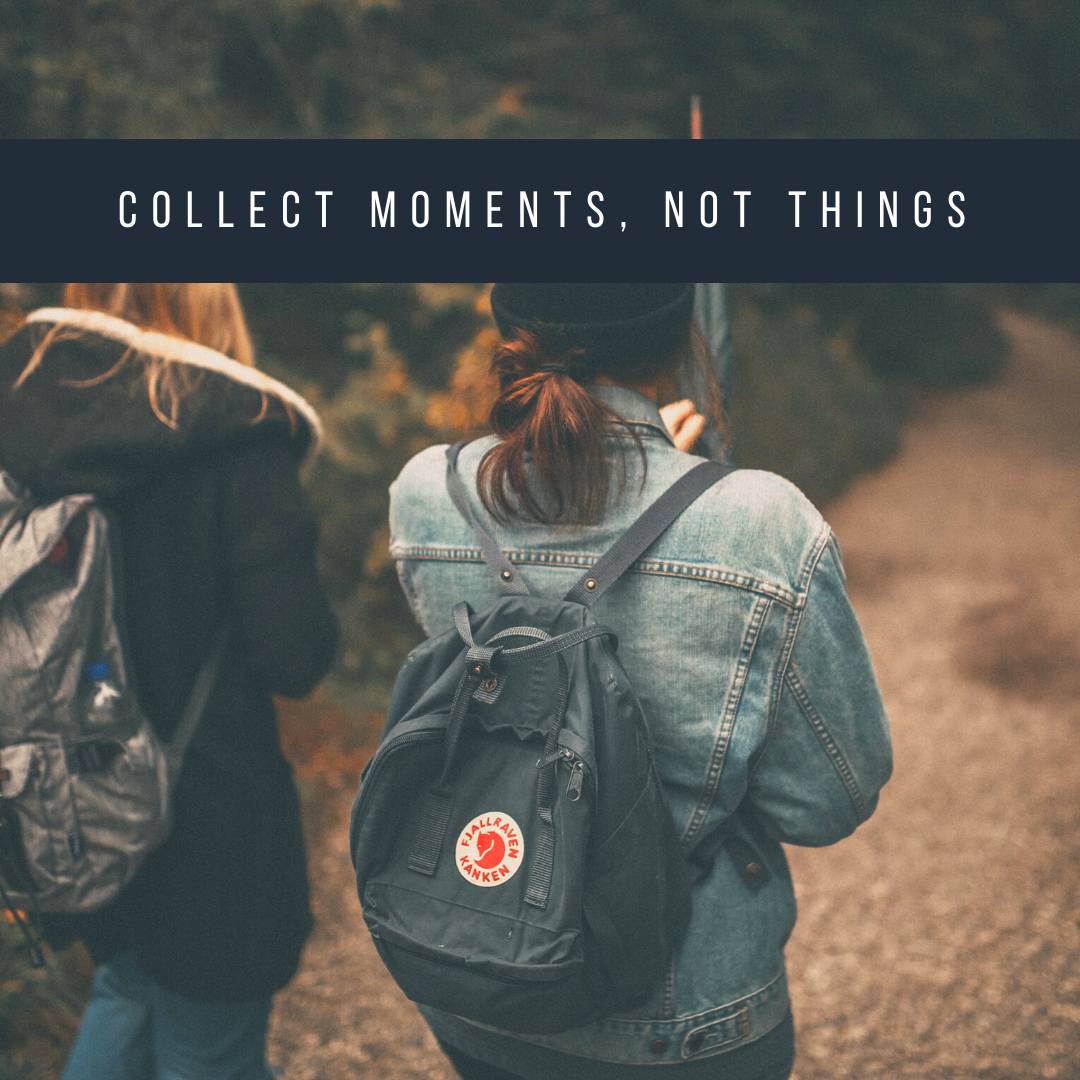

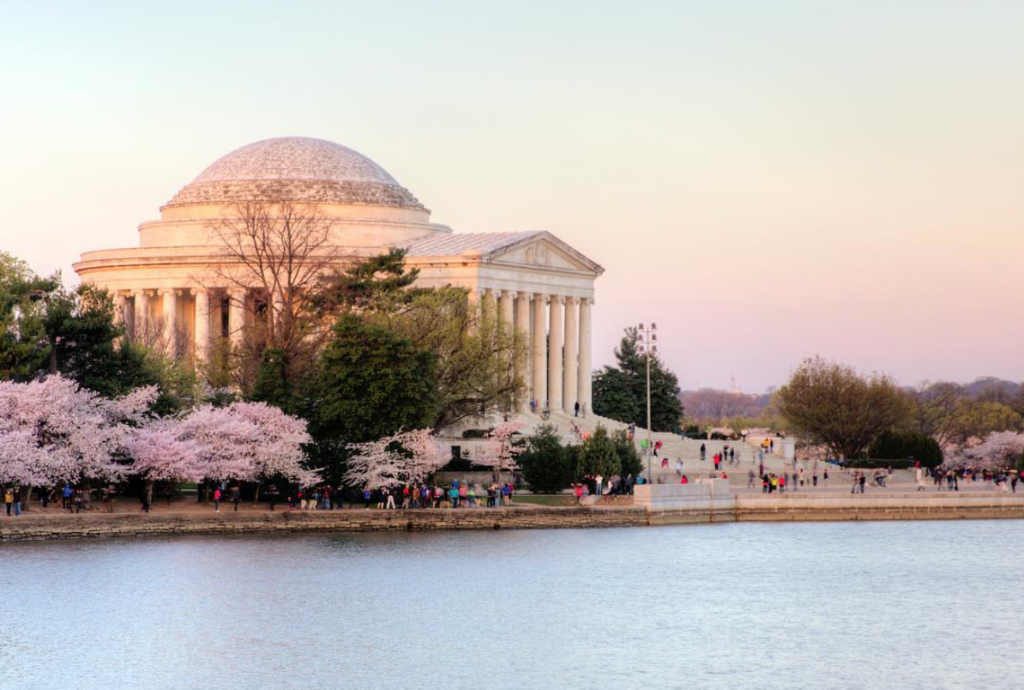
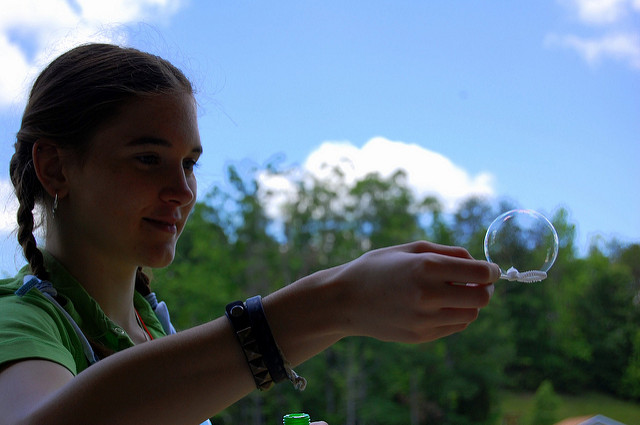 Just because a child is old enough to occupy themselves, doesn’t mean that they should be expected to do so the majority of the time. Host families have a certain expectation of activity and involvement for their children. Get the kids engaged and active. You can be more fun than the TV or a video game.
Just because a child is old enough to occupy themselves, doesn’t mean that they should be expected to do so the majority of the time. Host families have a certain expectation of activity and involvement for their children. Get the kids engaged and active. You can be more fun than the TV or a video game.